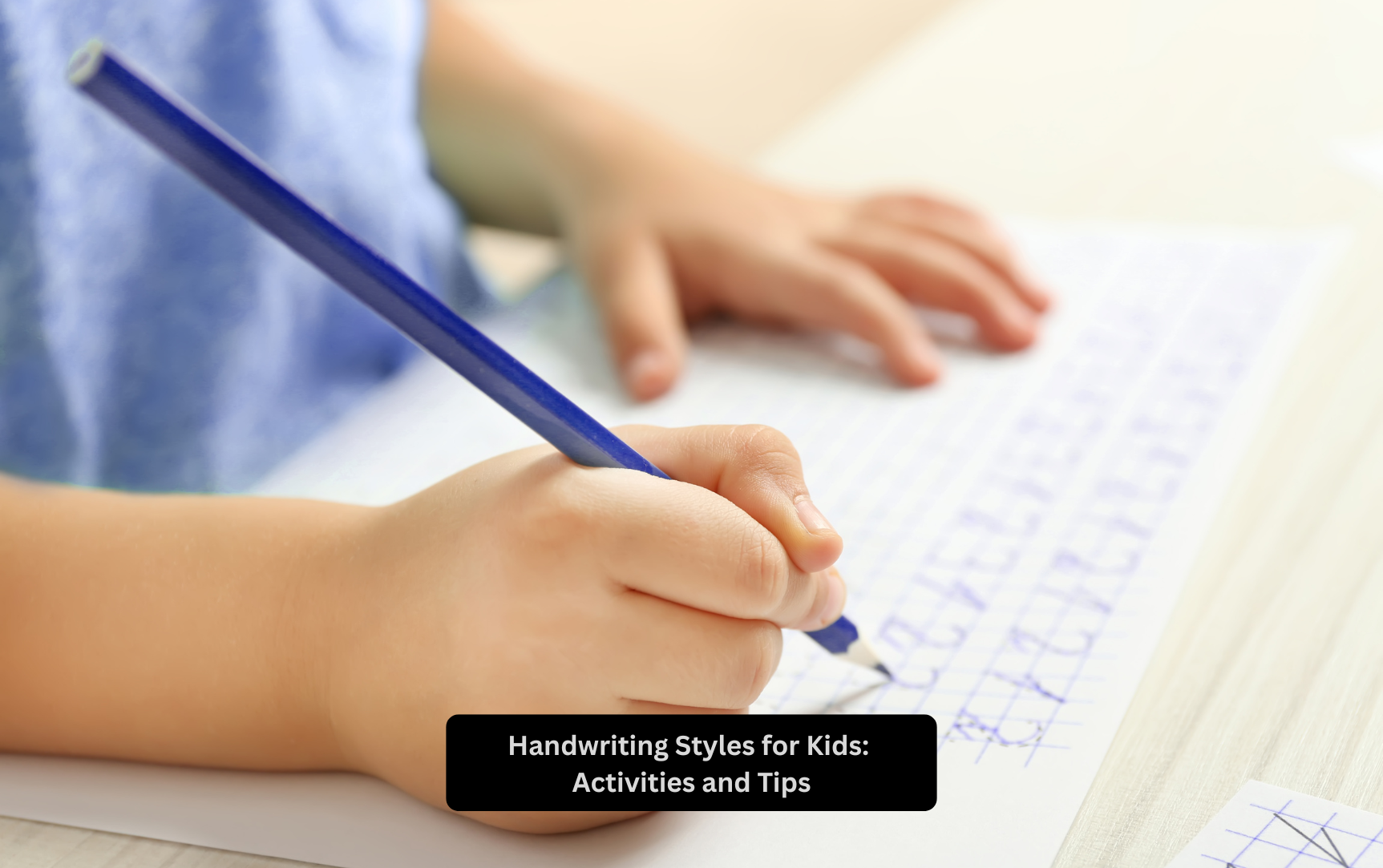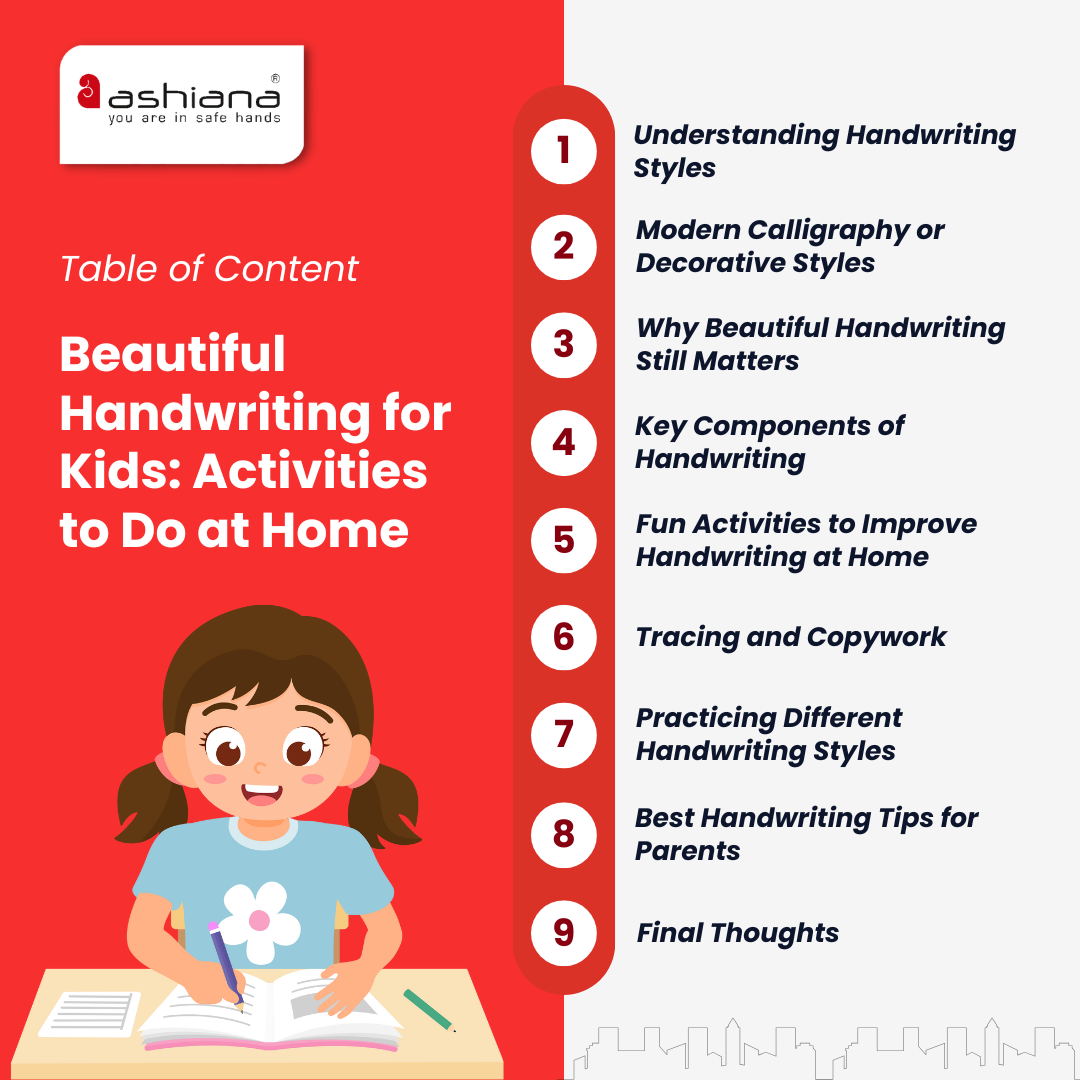

 Introducing kids to different handwriting styles not only sparks their curiosity but also encourages self-expression. It allows them to explore the aesthetics of writing and adopt a style that matches their personality and comfort.
When you expose your child to a variety of styles during handwriting practice for kids, it helps improve their fine motor skills, letter recognition, and visual memory. Over time, they’ll develop their own unique and beautiful handwriting, a true reflection of their individuality.
Also Read: WHO Recommends Less Screen Time and More Play Time for Childs’ Holistic Development
Introducing kids to different handwriting styles not only sparks their curiosity but also encourages self-expression. It allows them to explore the aesthetics of writing and adopt a style that matches their personality and comfort.
When you expose your child to a variety of styles during handwriting practice for kids, it helps improve their fine motor skills, letter recognition, and visual memory. Over time, they’ll develop their own unique and beautiful handwriting, a true reflection of their individuality.
Also Read: WHO Recommends Less Screen Time and More Play Time for Childs’ Holistic Development

Incorporate short, fun writing activities such as tracing, journaling, and letter games. Focus on posture, grip, and consistent practice for beautiful handwriting results.
Start with simple block letters, then introduce different handwriting styles like cursive as they grow. Let your child choose what feels natural and comfortable to them.
Just 10-15 minutes of handwriting practice for kids daily is enough to build strong skills and visible improvement over time.
Ashiana, Ashiana Housing build homes. Homes surrounded by vast green spaces and fresh breeze. Homes cocooned in secured gated complexes. Homes where futures are forged and there are opportunities to grow. And Homes in environments brimming with healthy activity, trust and respect. At heart, we build communities with care.
Other posts by Ashiana
Join 1000+ of fellow readers. Get expert real estate knowledge straight to your inbox absolutely free. Just enter your email address below.